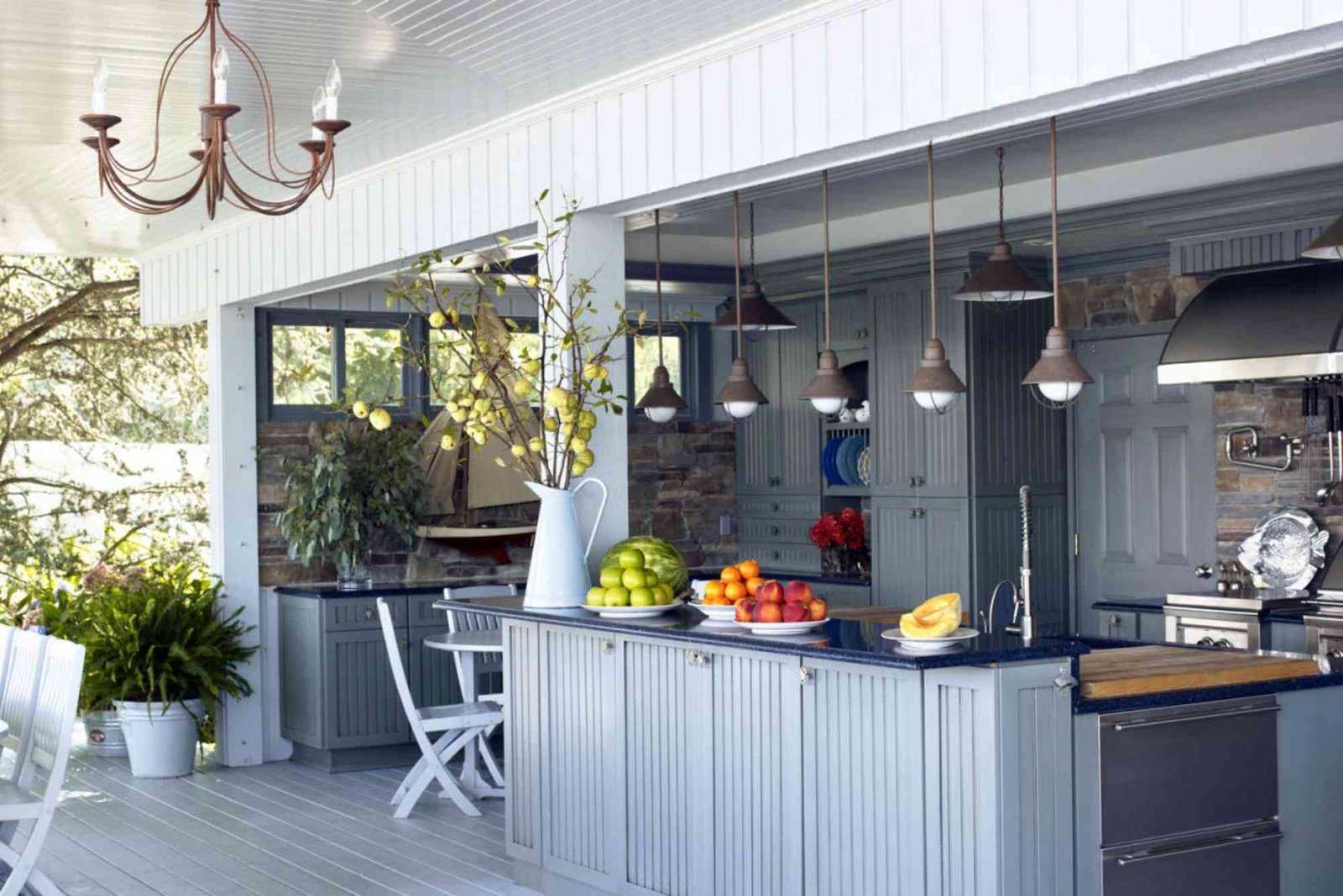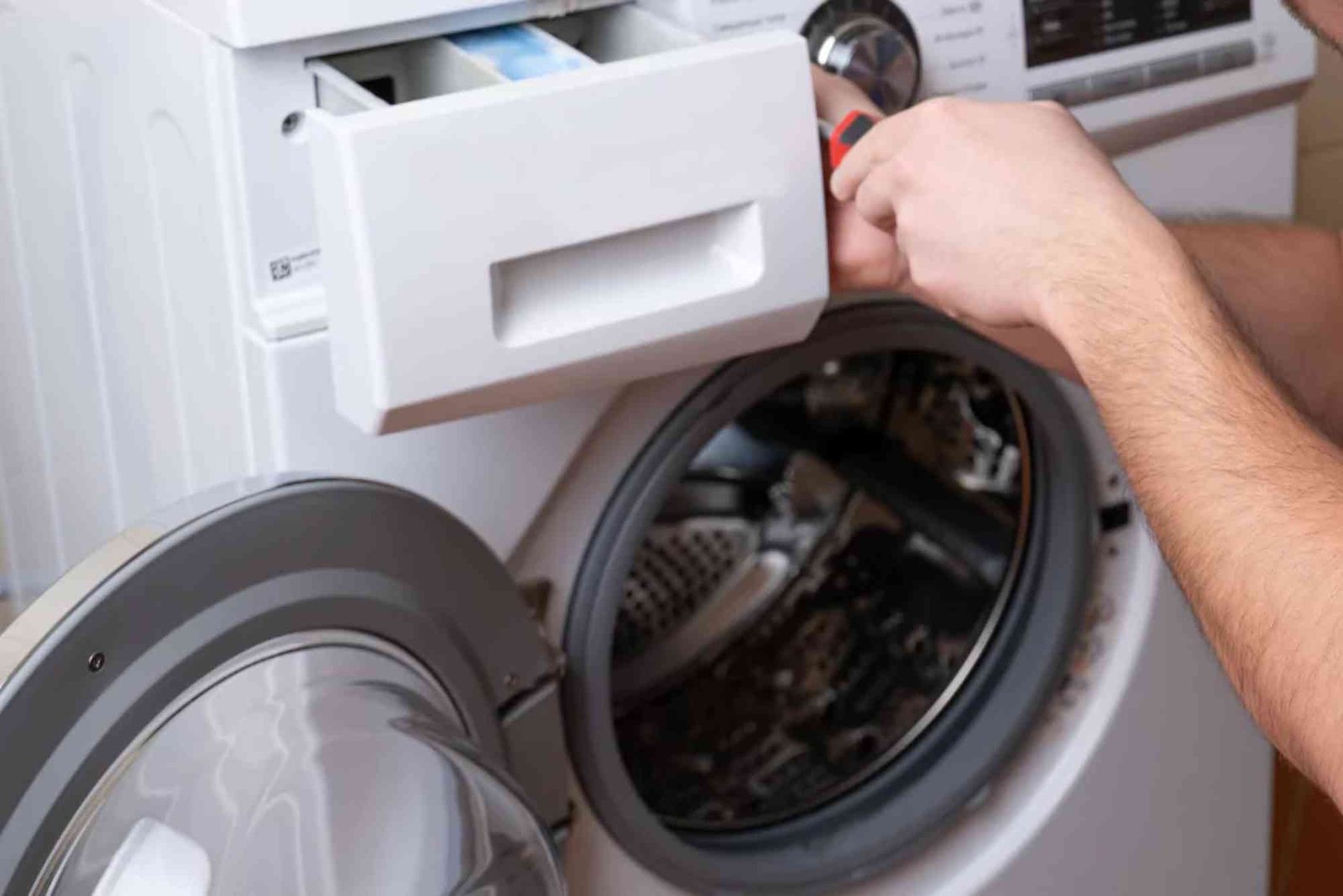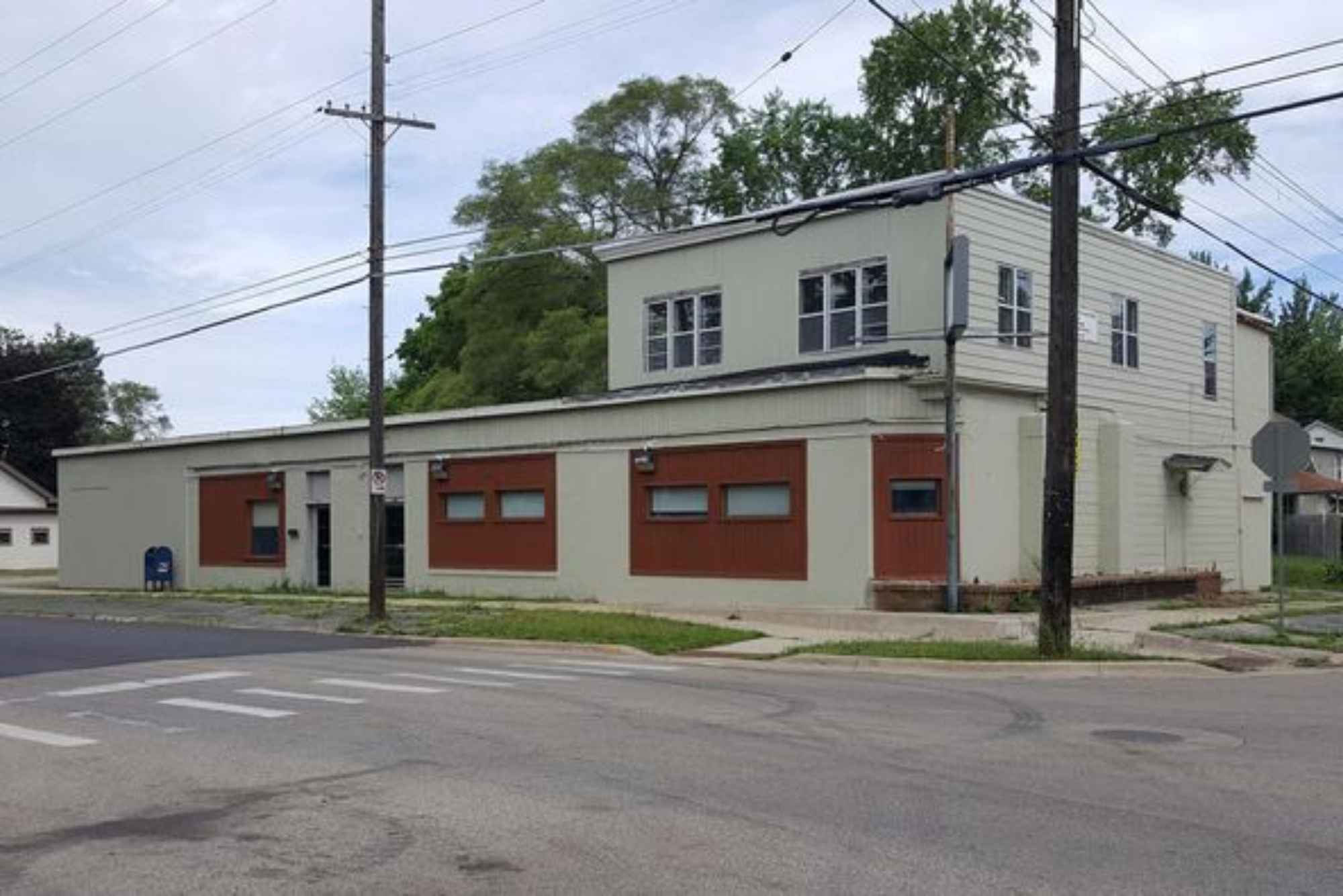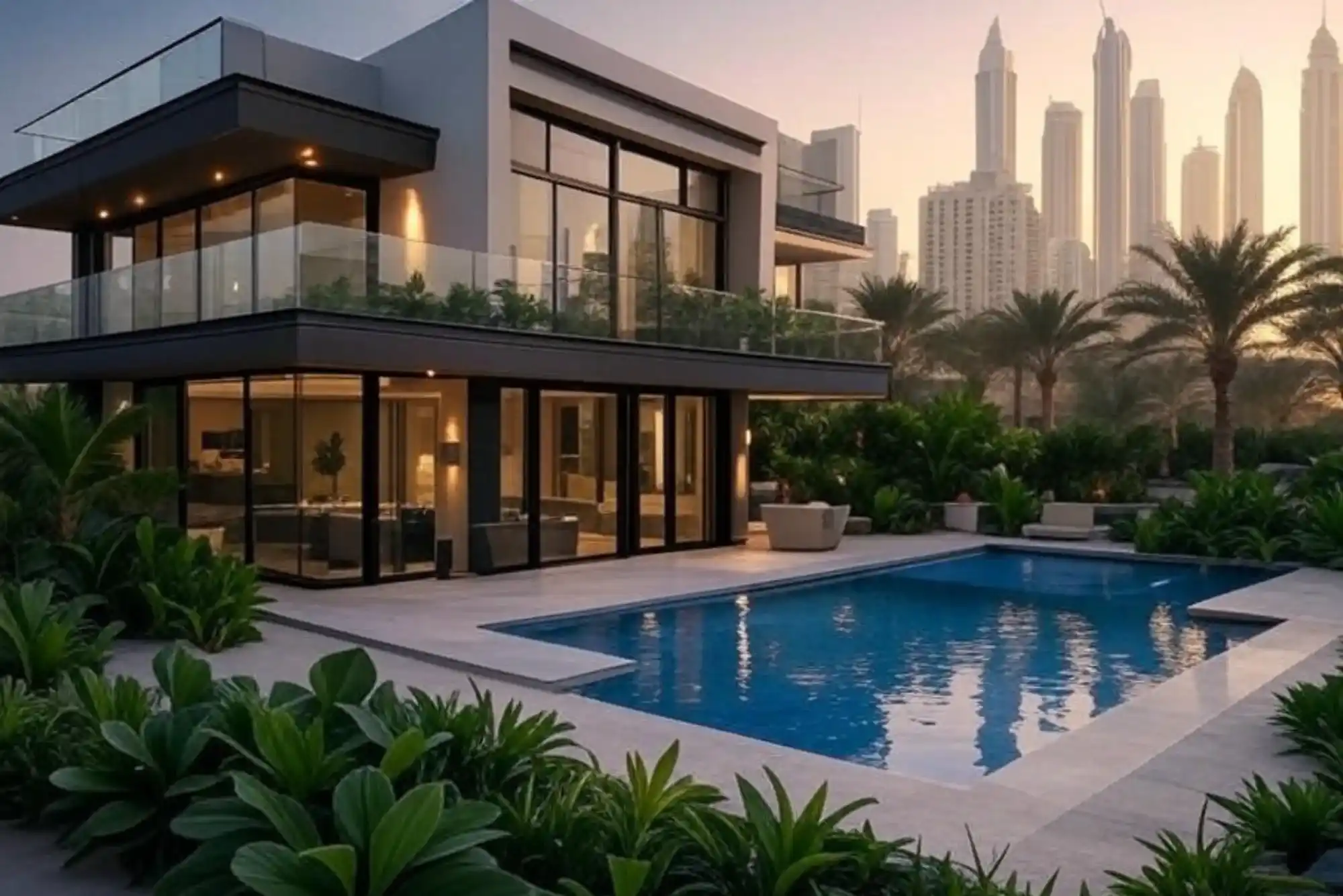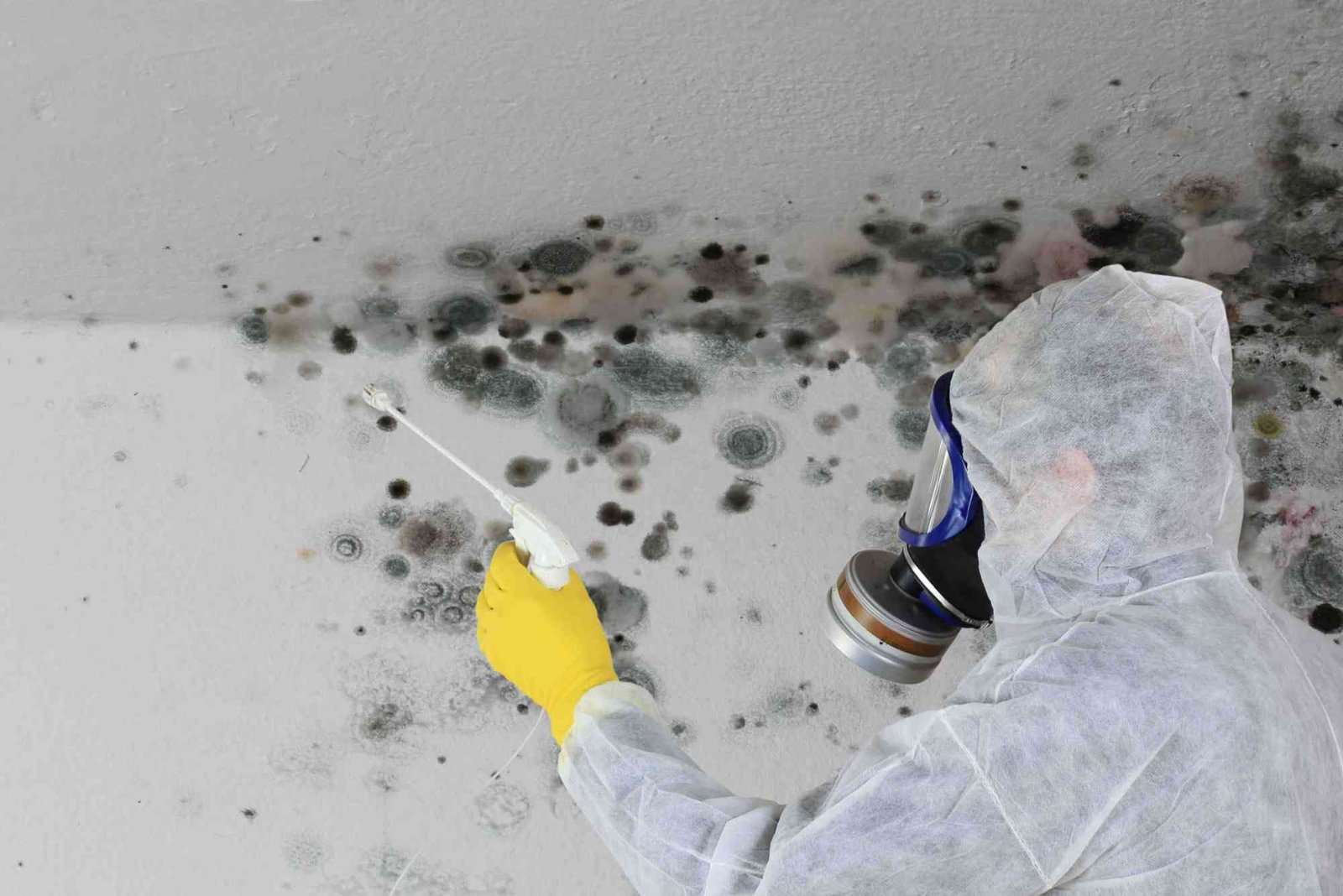Introduction
Designing an outdoor dirty kitchen can completely transform the way you cook and entertain. It’s not just about adding extra space—it’s about creating a functional, stylish, and convenient extension of your home. Whether you love hosting BBQs, cooking aromatic meals, or keeping strong cooking smells out of your main kitchen, an outdoor dirty kitchen offers the perfect solution. In this complete Outdoor Dirty Kitchen Design Guide, you’ll learn practical steps, design tips, and expert recommendations to build a space that’s both beautiful and efficient.
What Is an Outdoor Dirty Kitchen?
An outdoor dirty kitchen is a secondary kitchen area usually located outside the main house, designed for heavy cooking tasks such as frying, grilling, or preparing large meals. It’s common in many Asian homes but has become increasingly popular worldwide. Unlike the main kitchen, the outdoor dirty kitchen focuses more on function than luxury—it’s built to handle mess, smoke, and odors while maintaining a tidy indoor kitchen environment.
Benefits of an Outdoor Dirty Kitchen
An outdoor dirty kitchen isn’t just an aesthetic addition—it’s a practical investment. It keeps the interior free of grease, reduces cooking heat indoors, and allows for more flexibility in meal preparation. You can host outdoor dinners, cook messy dishes without worry, and even preserve the cleanliness of your main kitchen. Plus, it enhances property value and adds a rustic charm to your backyard.
Guide to Outdoor Dirty Kitchen Design
Creating a functional and appealing outdoor dirty kitchen requires thoughtful planning. Here’s how to approach the process step-by-step.
Assess Your Space and Purpose
Before you start, think about how you’ll use the kitchen. Do you want it mainly for grilling, washing vegetables, or doing full meal preparations? Measure your available outdoor area carefully. Knowing your purpose and dimensions will help you design a layout that fits your needs and doesn’t overcrowd your space.
Choose the Right Location
Location is key to the success of your dirty kitchen. Ideally, it should be near your main kitchen for convenience but far enough to avoid smoke entering your house. Consider wind direction, access to water lines, and proximity to electrical outlets. A shaded or semi-covered area is best to protect you and your appliances from sun and rain.
Plan Your Layout
There are several popular outdoor kitchen layouts to consider. A straight-line layout works best for small spaces, while L-shaped or U-shaped designs are ideal for larger backyards. The layout should include zones for preparation, cooking, cleaning, and storage. Place the sink near the stove for convenience and ensure there’s ample countertop space for prep work.
Select Durable Materials
Since the kitchen will be outdoors, all materials should withstand weather changes. Choose rust-proof metals, stainless steel, stone, or concrete surfaces. For flooring, go with non-slip tiles or textured stone. Avoid porous materials that absorb moisture easily. Investing in weather-resistant materials ensures your kitchen lasts for years.
Choose Appliances Wisely
Outdoor kitchens don’t need to be fully equipped like indoor ones, but they should include the essentials. Consider adding a gas stove, grill, small oven, refrigerator, and a deep sink. Make sure all appliances are rated for outdoor use. If you enjoy hosting, adding a small wine cooler or extra counter for drinks can make entertaining easier.
Incorporate Proper Ventilation
Ventilation is crucial in any dirty kitchen. Install an exhaust fan or chimney hood to remove smoke and grease. Open windows, lattice walls, or grills can enhance airflow. Proper ventilation keeps your space comfortable and helps maintain cleaner surfaces.
Add Storage Solutions
Outdoor kitchens can easily become cluttered without sufficient storage. Add waterproof cabinets or shelves to store utensils, spices, and cleaning supplies. Opt for closed storage to protect items from dust and insects. Hanging racks for pots and pans also save space and add a rustic charm.
Include Lighting and Power Supply
Lighting is often overlooked but essential for nighttime cooking. Combine ambient, task, and accent lighting to create both functionality and mood. Solar-powered or LED lights are energy-efficient options. Ensure all electrical installations are safe and weatherproof.
Decorate for Comfort and Style
A dirty kitchen doesn’t have to look “dirty.” Add style through design details. Use natural tones, potted plants, or wooden accents to blend with the outdoors. Bar stools, small tables, or benches make the space more inviting. Creating a balance between function and aesthetics turns your kitchen into a cozy hangout spot.
Add a Roof or Cover
An overhead roof, pergola, or awning helps protect your kitchen from harsh weather. Polycarbonate roofing, metal sheets, or bamboo panels are great options. A covered area allows you to cook even during light rain and prevents excessive sun exposure on appliances.
Outdoor Dirty Kitchen Tips for Best Results
Creating an outdoor dirty kitchen that lasts requires maintenance and smart choices. Use waterproof paints to avoid mold buildup. Keep a regular cleaning routine and cover appliances when not in use. Adding a small drainage system under your sink prevents standing water. Plan your layout to allow easy movement between the cooking and washing zones. These simple Outdoor Dirty Kitchen Tips will help extend the life of your setup.
Design Inspiration for Every Style
Outdoor dirty kitchens can suit any home style—modern, rustic, tropical, or minimalist. A modern design might feature sleek stainless steel surfaces and marble countertops. For a rustic touch, use exposed bricks, wooden shelving, and vintage decor. If you love the tropical vibe, choose bamboo finishes, greenery, and open ventilation. The key is to match your outdoor kitchen’s look with the overall design of your home.
Common Mistakes to Avoid
While designing your outdoor dirty kitchen, avoid overcrowding the space. Keep safety in mind by maintaining proper spacing between the stove and sink. Don’t use indoor materials that can deteriorate under sunlight or rain. Also, ensure all electrical connections are installed by professionals to prevent hazards.
Maintenance and Cleaning
An outdoor dirty kitchen requires regular care. Wipe down countertops after each use to prevent grease stains. Use stainless steel cleaners and mild detergents to maintain shine. Empty trash bins daily to prevent pests. Periodically check gas lines and electrical outlets for safety. Regular maintenance not only enhances hygiene but also keeps your kitchen looking new.
Cost Considerations
The cost of building an outdoor dirty kitchen varies depending on size, materials, and appliances. A small basic setup might cost between $800 to $2,000, while a larger, custom-designed one could go beyond $5,000. To save money, reuse old furniture or materials from your main kitchen. Always plan a budget before starting your project.
Expert Advice for Functional Design
Experts recommend designing your outdoor dirty kitchen based on how often you cook outdoors. Keep the workflow smooth—prep, cook, and clean areas should follow a logical sequence. Always leave enough space for movement. If you’re unsure about layout or structure, consult a professional designer or contractor. Following expert advice ensures both safety and efficiency.
An outdoor dirty kitchen isn’t just a trend—it’s a lifestyle upgrade. It makes cooking more enjoyable, keeps your main kitchen spotless, and enhances your outdoor living space. By following these step-by-step design ideas, you can create a space that’s practical, stylish, and built to last. Whether you prefer modern minimalism or a rustic setup, thoughtful planning will ensure your kitchen meets your needs perfectly. For more helpful insights, check out the Outdoor Dirty Kitchen Design Guide and discover detailed Outdoor Dirty Kitchen Tips to elevate your space. You can also explore a Related article on lifetimeage.com for further design inspiration and expert advice.
FAQs
What is the difference between a dirty kitchen and a main kitchen?
A dirty kitchen is mainly used for heavy or messy cooking tasks, while the main kitchen is for lighter cooking and presentation.
What materials are best for outdoor kitchens?
Stainless steel, concrete, natural stone, and treated wood are durable, weather-resistant options.
Do I need a roof over my outdoor kitchen?
Yes, a roof or cover protects appliances and allows you to cook comfortably regardless of weather conditions.
How do I keep my outdoor kitchen clean?
Use waterproof materials, clean surfaces regularly, and install proper drainage. Cover appliances when not in use to protect them from dust and moisture.
Can I install a gas stove outdoors?
Yes, but it should be installed by a licensed technician with a proper gas line and safety measures in place.

